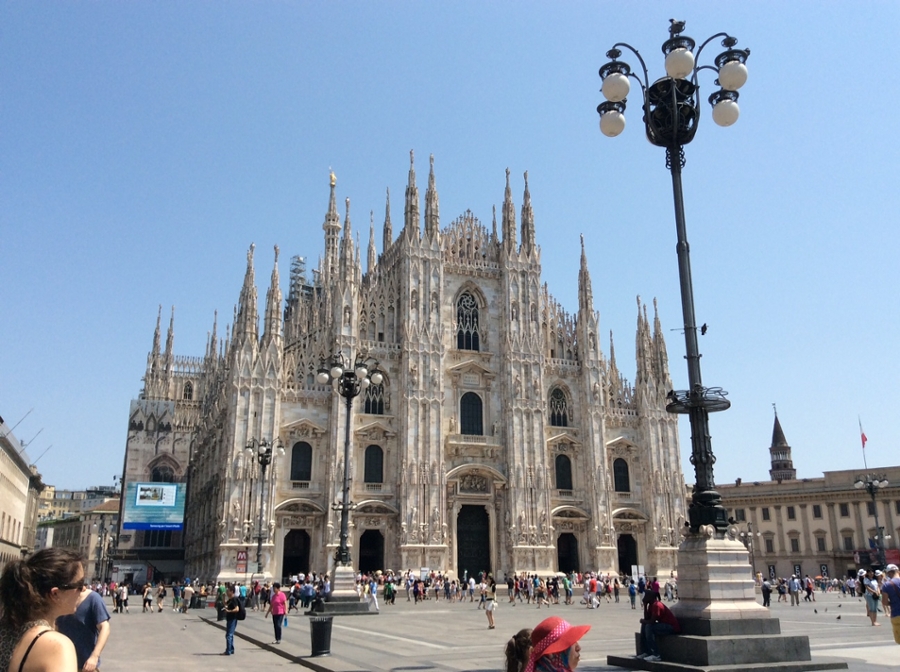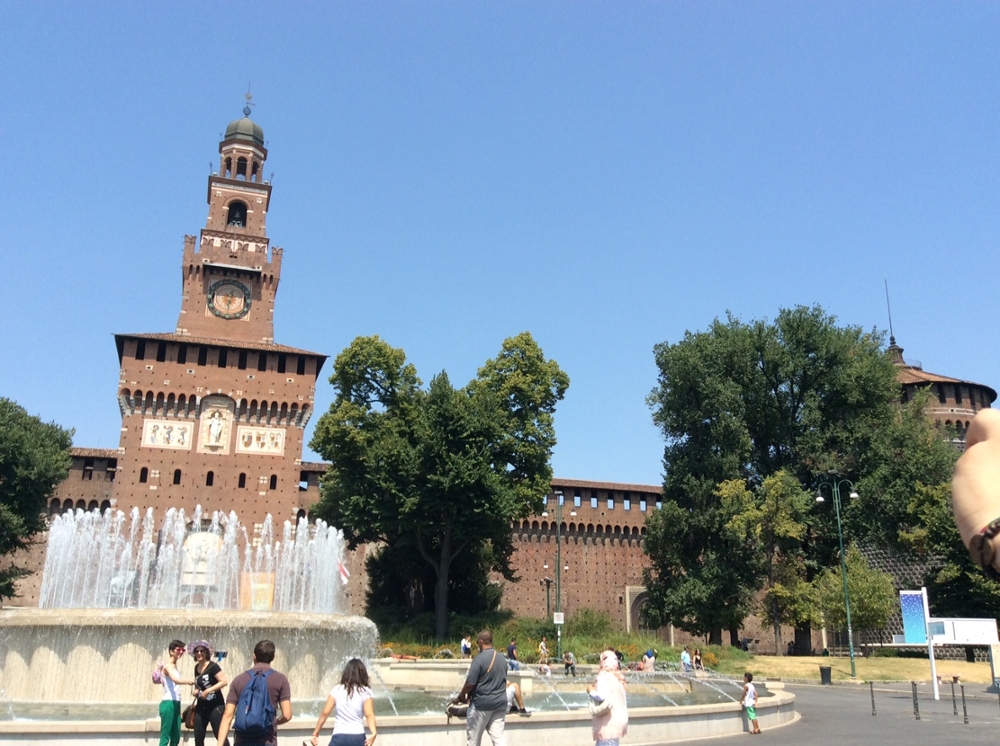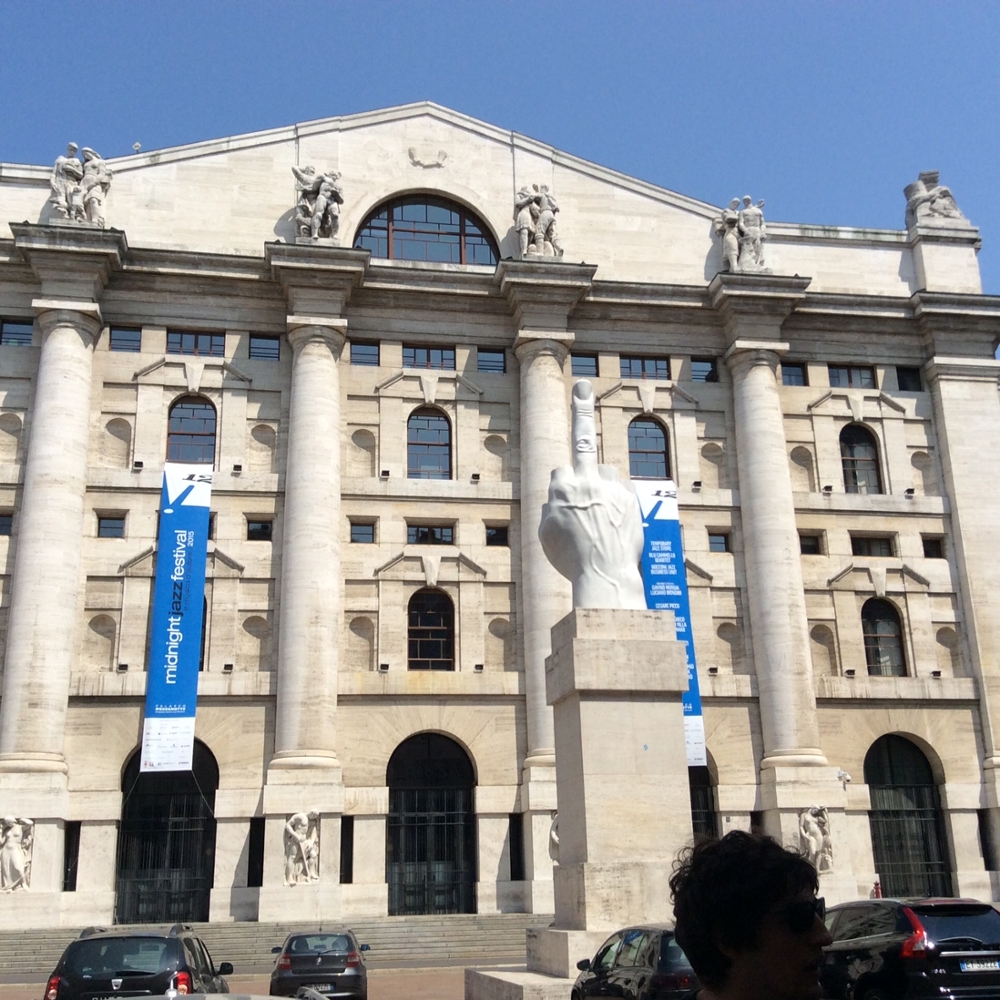Fourth Week in Geneva
The fourth week in Geneva!
1. The slides I have been working on are finally close to being finished!
2. A quote of Churchill that I heard from last Sunday’s sermon can be a courageous comment on the series of accidents happening to many Chinese lawyers recently:
“Never give in. Never give in. Never, never, never, never—in nothing, great or small, large or petty—never give in, except to convictions of honour and good sense. Never yield to force. Never yield to the apparently overwhelming might of the enemy.” Echoing to these accidents is what I’m reading this week -- Anthony Lewis’s book Make No Law: The Sullivan Case and the First Amendment. Before mid-20th century, under the crime of defamation or criminal libels, a newspaper could be ruled to close down and pay a large amount of fine only because the newspaper published reports criticizing the officials or judges, whatever the criticized facts were true or false. (Patterson v. Colorado; Bridges v. California)The rationale behind this crime of defamation
was libels were dangerous to judicial and administrative authority, , the weakening of which would put social safety in risk. Interestingly, the same rationale is used for detaining or interrogating these Chinese lawyers without due process (they cannot have their lawyers, nor do they have the chance to argue for themselves because they are not formally charged.)
(Link of the article asking to halt detaining Chinese lawyers by Office of the High Commissioner for Human Rights: http://www.ohchr.org/EN/NewsEvents/Pages/DisplayNews.aspx?NewsID=16241&LangID=E)
3. I went to Milan with three friends this passing weekend. We went to the World Expo on Saturday. Another friend and I had a tour in the city on Sunday. My impression on the World Expo was not good – many parts of the Expo are just marketing. The tour in the city was satisfactory.It lit my passion about European history once more, and called back my imagination on Europe when as a child I was reading the classical novels and watching Renaissance paintings from books.
As the second-most populous city in Italy, Milan is famous for fashion and design. Yet, I would feel these words for Milan are quite shallow after visiting Milan in person. Founded before the Roman Empire, Milan was later conquered by the Romans and became the capital of the Western Roman Empire. However, the city has very few remains of the Roman Empire, primarily because Milan was starved into submission in 539 during the Gothic War and was destroyed by the barbarians. In the next 1300 years, Milan had been dominated by France, Habsburg, Spain, Austria, and finally joined the Kingdom of Italy in 1859. Milan was the center of industrialization in the early 1900s. Unfortunately, Milan was half destroyed again during the World War Two. Nevertheless, Milan keeps the charm of a city weathering a long history. Our local tour guide still led us to the church built during the Roman Empires and pointed to us the signs of canals built in the Middle Ages. Standing gracefully and majestically in the center of Milan, the Doumodi Milano generously receives the awe of tourists from worldwide. Built from 1386 and completed in 1965, the Milan Cathedral has 3200 statues. It is constantly under maintenance, because the marble building is delicate and easily gets decayed by pollution in Milan. (I was completely startled to hear “Milan’s pollution is quite bad.” I honestly feel the air, water, wind in Milan are quite quite clean!!)

the Doumodi Milano

The inside of the cathedral

Sforza Castle:built in the 15th Century, this castle was the sign of power. Whoever owning it owned the dominion of Milan.

A contemporary art in front of the Milan Stock Exchange. Our local tour guide was especially keen to introduce and explain this art to us. This art was put here in 2010, during the financial crisis. The artist was asked to make a statue to fill up this square, but no one knew what he was designing. On the day of opening, the reaction was sensational. Some people felt embarrassed, some felt hilarious, some felt angry... and ever since on, the statue called out Milan citizens' Italinian nature of critizising for fun. According to our guide, there are at least four interpretations for this statue:
1. As the buildings on the statue's two sides (they are not in this picture) were build during the Nazi's time, this statue is saying F*** the Nazis.
2. As the statue was put here during the financial crisis, the artist wants to say F*** the Stock Exchange, the chief criminal of this crisis.
3. As the hand actually is put toward the outside of the Milan Stock Exchange, the statue is speaking on behalf of the finance industry to people: F*** you.
4. Just like a hand should have five fingers, a people is a people because of many factors --the history, the culture, the language... When a people start to not care about keeping these characters, it's like cutting the fingers on a hand, and the statue is what the outcome would be like.
The fourth interpretation is a little stretching, in my opinion, though I like it better than the other three.
Leonardo da Vinc spent 20 years in Milan, and completed a lot of works here, including the Last Supper. What would da Vinc react if he had seen this statue of his descendant?